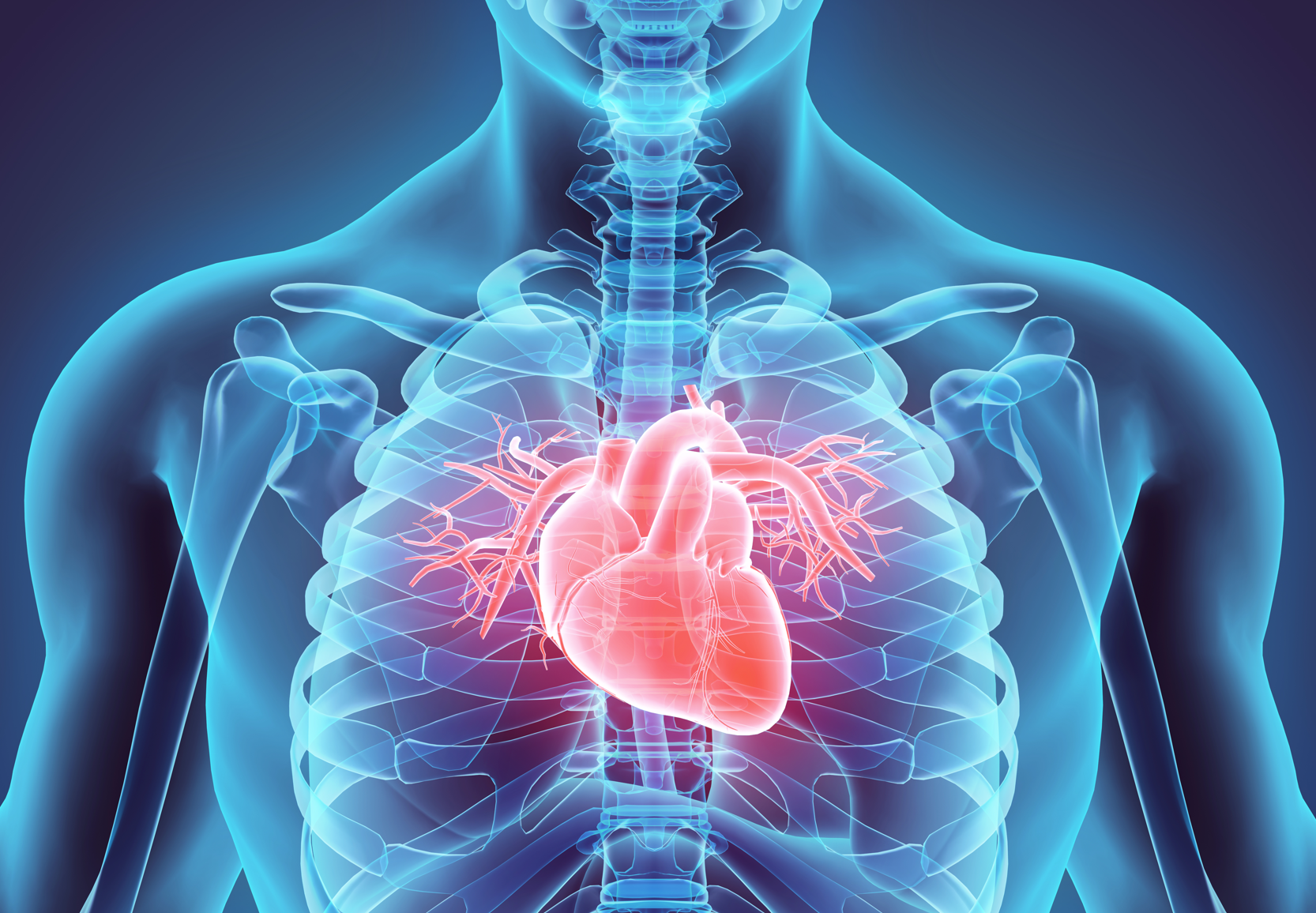Digital Doppelgangers: The Rise of Digital Twins in Healthcare & Life Sciences
Digital twin technology is one of several emerging technologies that have the potential to drive step change transformation for the healthcare and life sciences sectors. From improving drug discovery, running in-silico clinical trials, through to optimising hospital operations, and personalising diagnosis and treatment, the possible applications for digital twins are wide-ranging and very significant. In this article and in our in-depth report, Seeing Double: How Digital Twins Are Transforming Healthcare & Life Sciences, we explore how digital twin technology is set to impact these industries.
What are digital twins?
A digital twin is a digital representation of a physical entity or process constructed from empirical data derived from the actual physical entity or process, typically updated on a real-time or near real-time basis. The power of digital twins stems from their ability to continuously forecast and to generate predictive insights on a systems-wide basis. These insights can enable us to pre-empt problems before they occur, improve operations, increase efficiency, and rapidly and systematically diagnose problems. The lessons derived from digital twins can also be applied to their real-world counterparts with significantly less risk and more speed than would otherwise be possible.
Why Is Now the Time?
In recent years, the potential for widespread adoption of digital twins has been made possible due to developments in several underlying technologies such as the Internet of Things (IoT), reliable high-speed broadband, artificial intelligence (AI), and cloud computing. The use of digital twins will continue to accelerate in the coming years as these underlying technologies continue to further develop (e.g., 5G replacing 4G).
In the health sector, several trends have strengthened the case for digital twins. Faced with rapidly ageing populations, increasingly squeezed public and private healthcare budgets, and a chronic shortage of healthcare professionals in many countries, healthcare systems are becoming more receptive to new technologies that will enable them to do more with less. Covid-19 has obviously provided further impetus, yet these trends were arguably already well underway before the pandemic struck. In parallel, life sciences companies have been contending with long-term declines in drug development productivity and have been steadily embracing new approaches that rely on digital- and data-driven techniques to enhance research productivity.
The industry is also rapidly shifting towards personalised medicine, taking the view that the one-size-fits-all approach of the last century is no longer meeting the needs of consumers and patients. Digital twins that are specific to each patient hold the promise of ushering in an era of true personalised care.
Applications in the health sector
We have conducted a deep-dive analysis into this game-changing technology to evaluate some of its most impactful applications for the healthcare and life sciences industries, which is summarised in the infographic above.
To understand how this fascinating technology will be relevant for your organisation and why you need to be thinking about it now, download our in-depth, 27-page report, Seeing Double: How Digital Twins Are Transforming Healthcare & Life Sciences, which deep dives into numerous use cases and case study examples.


